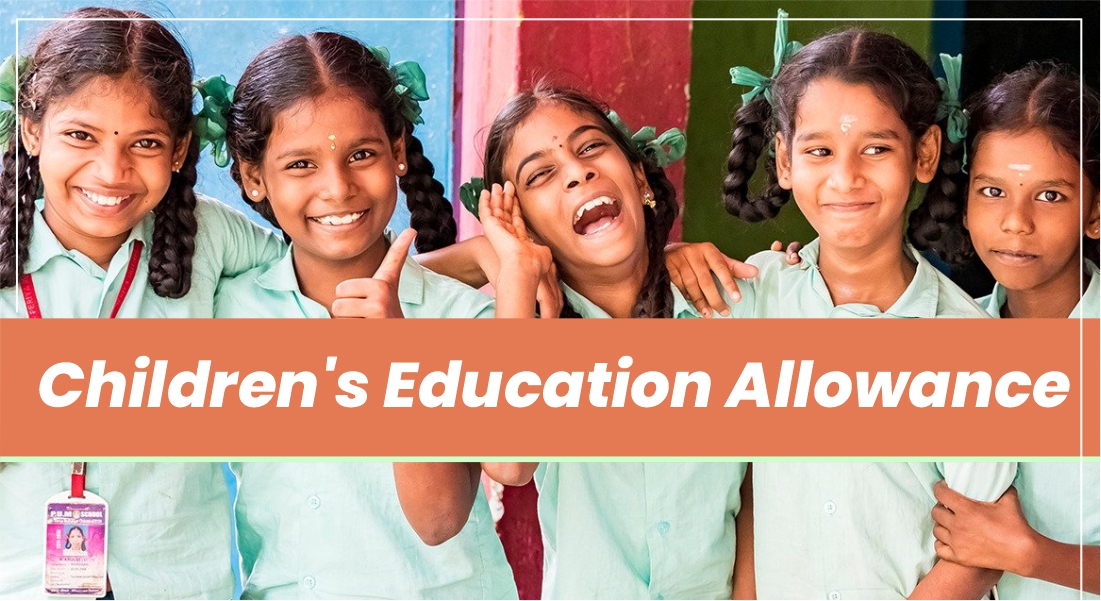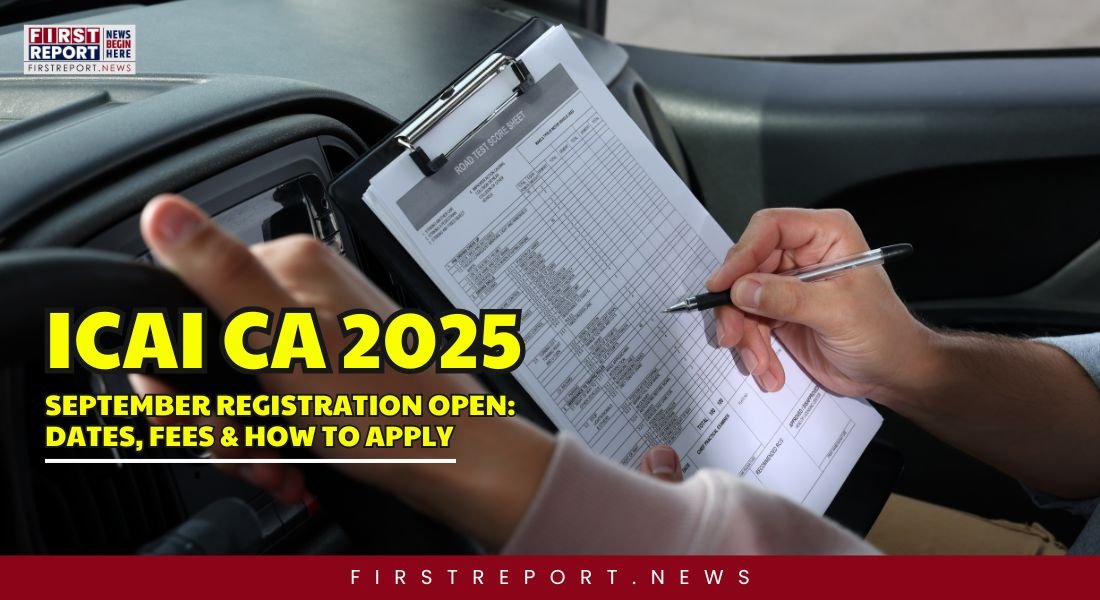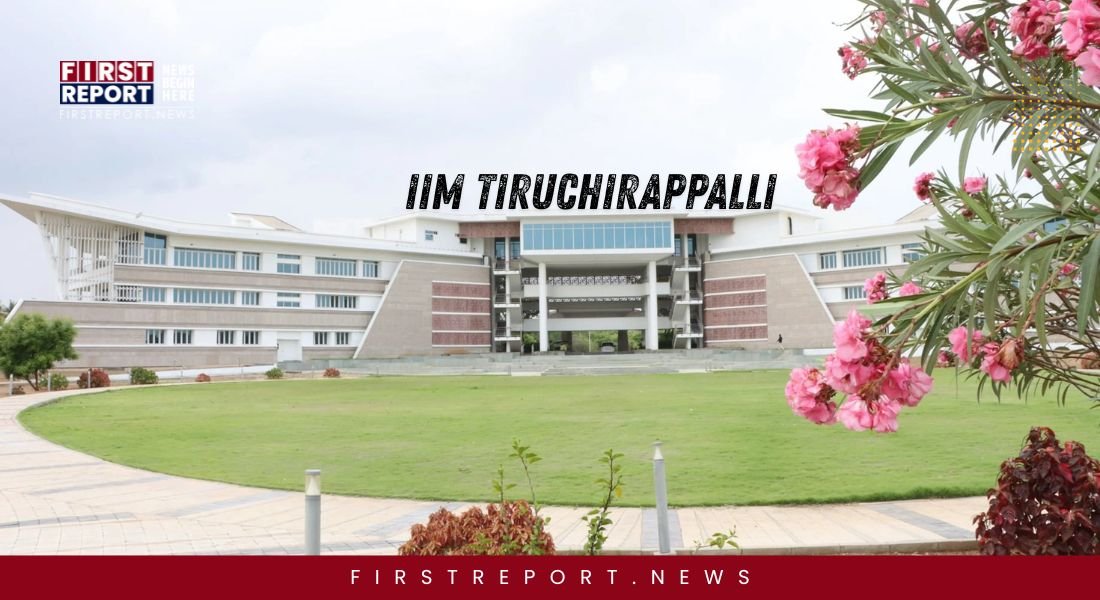The Children’s Education Allowance (CEA) is a financial benefit the Government of India gives its employees. Its objective is to reduce the burden of educational expenses on their children. This allows government employees to focus on their careers while supporting their child’s academic journey.
India’s literacy rate has reached 77.7%, According to the statistics data, the government is emphasizing educational progress. This initiative is Child Education Allowance (CEA). CEA is a set of tax benefits provided by the Income Tax Department. Its goal is to make education more affordable, especially in developing areas. Here we will explain the CEA rules, eligibility requirements, and exemptions.
Child Education Allowance (CEA) helps Indian families afford the education of their children. Tax exemption for CEA comes under Section 80C of the Income Tax Act.
The 7th Pay Commission increased these benefits significantly. However, some states still need to adopt these changes, leading to variations in CEA limits across India.
Many salaried individuals get a separate part of their salary specifically for the education of their children. This may include tuition, hostel fees, and even textbooks.
- Tax Relief: Section 80C offers tax breaks for CEA.
- Increased Allowances: The 7th Pay Commission boosted these benefits.
- State Variations: Not all states follow the latest guidelines so limits may differ.
- Salary Inclusion: Some employers include education costs in employee salaries.
Also Read: Online Vs Offline Education
Children’s Education Allowance Reimbursement
The Children’s Education Allowance Reimbursement (CEA Reimbursement) is a financial benefit offered by the Indian government to its employees. This helps in reducing the burden of school-related expenses for their children.
- Government employees can claim reimbursement of specific fees paid to their child’s school.
- These fees usually cover tuition, admissions, labs, library access, and even special subjects like music or electronics.
- Additional costs such as textbooks, notebooks, uniforms, and even shoes can also be reimbursed under the program.

The CEA Program Covers These Education Fees
School Fees
- Admission Fee (One-time): Reimburses the fee paid to secure a child’s place at school.
- Tuition Fee (Regular): Covers the cost of classroom instruction and academic learning.
- Special Fees (Variable): Reimburses fees for specific subjects such as electronics, music, or agriculture.
Additional School Charges
- Lab Fee (Variable): Covers fees for using laboratories and doing practical work in science, computer science, etc.
- Library Fees (Regular): The school reimburses fees for accessing the library and its resources.
- Extra-curricular Fees (Variable): This includes fees for participation in sports, games, debates, or other activities.
- Fees for Aids/Equipments (Variable): Reimburses the cost of using any educational aids or equipment needed by the child.
Also Read: Creativity vs Knowledge – Which Is Better?
Educational Supplies
- Textbooks and Notebooks (Annual): Allows reimbursement for the purchase of a set of textbooks and notebooks required for the academic year.
- Uniform Set (two per year): Covers the cost of two sets of school-assigned uniforms, including winter, summer, and PT uniforms.
- Shoes (one pair per year): Reimburses the expense of one pair of shoes as per school requirement.
Who Qualifies for Children’s Education Allowance (CEA) Reimbursement in India?
The Children’s Education Allowance (CEA) helps government employees in India to afford the cost of their children’s education. However, there are eligibility criteria for both the child and the school.
Eligibility for Children
- No Minimum Age for Nursery: There’s no minimum age requirement for children in nursery classes to receive CEA reimbursement.
- No Minimum Age for Disabled: Since February 2012, there has been no minimum age limit for children with disabilities.
- Maximum Age for Normal Children: For children without disabilities, the maximum age for claiming CEA is 20 years.
- Maximum Age for Disabled Children: Children with disabilities can claim CEA reimbursement up to 22 years of age.
Required Recognition
- Government Approval: The school must be recognized by the Central Government, State Government, or Union Territory (UT) administration where it is located.
- University Affiliation: Affiliation from any university under the CEA scheme is also valid.
- Local authority approval: If there is a recognized educational authority in the area, the school needs approval from that body.
Also Read: How to Fight Phone Addiction
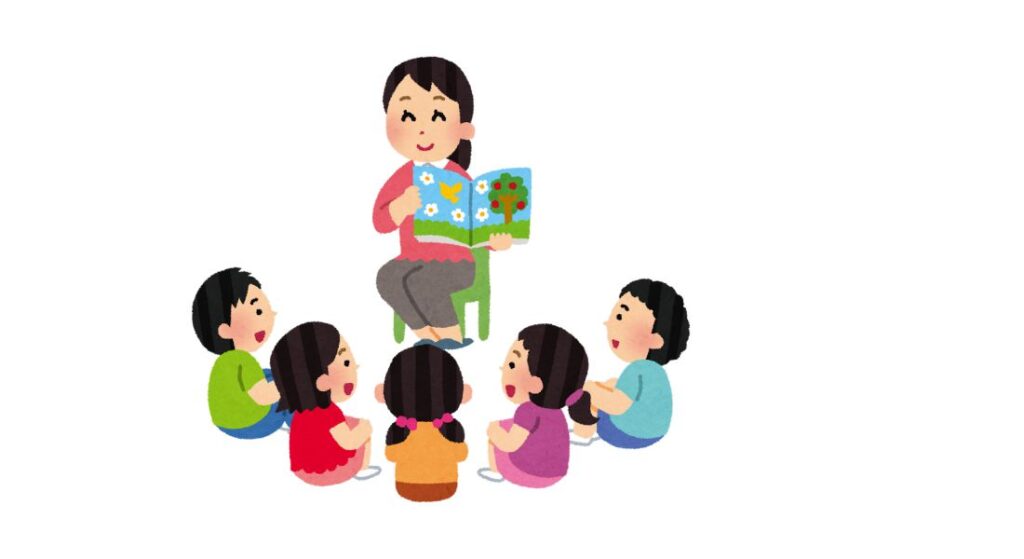
Government Support for Educating Children Abroad: The Children’s Education Allowance (CEA)
The Children’s Education Allowance (CEA) is a helpful benefit offered by the Indian government to its Central Government employees. This allowance helps reduce the financial burden of educating their children abroad.
Who Qualifies?
All Central Government employees, including citizens of Nepal and Bhutan working for the Indian Government, are eligible for the CEA. This applies if their children are enrolled in a school outside of India.
Claiming the Allowance
There’s a simple step to claim the CEA for children studying abroad. A certificate needs to be obtained from the Indian Mission in that country. This document verifies that the local educational authority officially recognizes the child’s school.
The Benefit of CEA
The CEA provides financial assistance to government employees for the education of their children abroad. This makes quality international education more accessible to these families.
Also Read: Women Empowerment (Gd Topic)
How Much Can You Get Children’s Education Allowance in India?
The Child Education Allowance (CEA) given by the Government of India is exclusively a tax exemption, not a direct monetary allowance. This means it reduces your taxable income but does not provide a fixed amount of cash.
- Limited exemption: This applies to a maximum of 2 children in a nuclear family.
- Fixed amount: Each child is eligible for a monthly discount of Rs—2,812.5
- Hostel expenses: If your child goes to a boarding school, an additional rebate of Rs. Rs 8,437.5 per month for up to 2 children.
- Disabled children: Rates for disabled children are now double the normal rates. This means Rs. 5,625 per month (fixed) for education allowance.
Also Read: Why are trees painted in India

Children’s Education Allowance (CEA) Limits and Taxes in India
The Children’s Education Allowance (CEA) helps Indian parents save on taxes for their children’s education.
- Tax Exemption: Most CEA benefits fall under Section 80C of the Income Tax Act, allowing tax deductions.
- Impact of the 7th Pay Commission: This commission increased the tax exemptions and allowances for CEAs. However, not all states have adopted these changes.
- State variations: CEA limits may vary slightly depending on your state’s tax system.
Many salaried employees get a separate component in their salary package to cover children’s education expenses. This may include tuition, hostel fees, and even book allowances.
Also Read: Cybercrime in India
Children’s Education Allowance Rules
CEA focuses on two main areas of expense:
- Education Allowance: This provides a tax exemption of Rs. 2,812.5 per month for each child, up to a maximum of two children.
- Hostel Charges Allowance: If your children attend a boarding school, an additional exemption of Rs. 8,437.5 per month per child is available, applicable to a maximum of two children.
- Disabled children: Rates for disabled children are now double the normal rates. This means Rs. 5,625 per month (fixed) for education allowance.
These tax benefits are covered under Section 10(14) of the Income Tax Act 1961.
Also Read: Peer Pressure (Gd Topic)
What’s Not Included?
It is important to note that certain expenses are not eligible for exemption under CEA:
- Development Fee: Payment made towards the School Development Fund is not included.
- Transportation costs: This does not include money spent solely on transportation to and from school.
- Non-academic expenses: Fees or charges for education-related activities are ineligible.
Current Limitations
As of 2020, CEA only applies to Standard 12 (Class 12). A proposal to extend this benefit to undergraduate and postgraduate studies is under consideration, but no official decision has been taken.
Also Read: Online Vs Offline Shopping
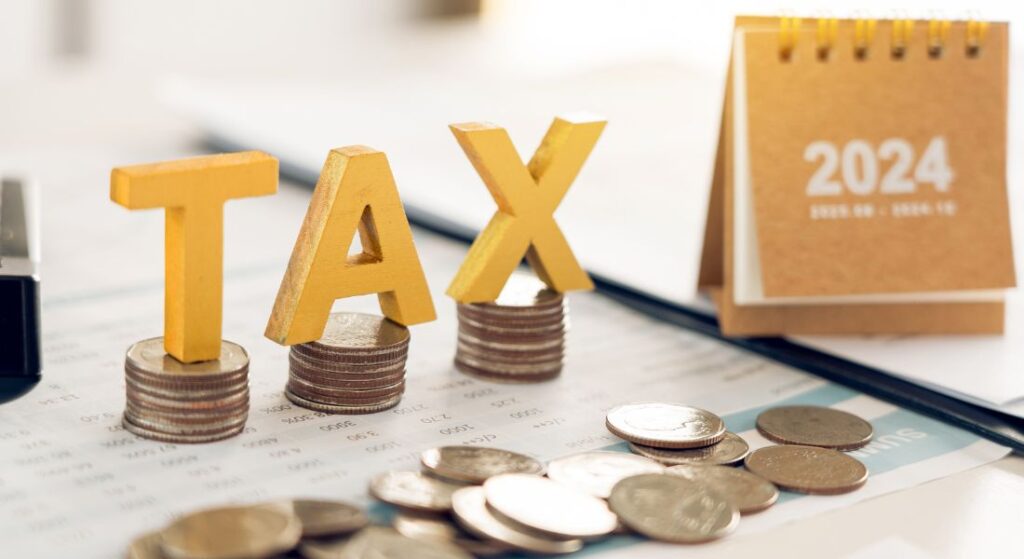
Who Can Claim Tax Benefits for Children’s Education in India?
The eligibility criteria are important to maximize the tax benefits under Section 80C for your child’s education.
Who is Eligible?
- Biological parents: This is the primary eligibility.
- Legal guardians or sponsors: If biological parents aren’t available, they can claim deductions.
Maximum Benefit
- Rs 1.5 lakh per year: This is the maximum deduction limit per parent or guardian. This section combines sections 80C, 80CCC and 80CCD.
- Important Note: Even if both parents claim, the total tax relief cannot exceed Rs. 1.5 lakh annually.
Level of Education
- The deduction is available for full-time education up to Class 12.
- This benefit also applies if the school is affiliated with foreign universities.
Other Eligibility Points
- Part-time courses are not included.
- Single parents can claim deductions.
- Adopted children qualify as well.
Also Read: Co-Education- Pros and Cons

Claiming Your Allowance: A Step-by-Step Guide
Availing tax exemption for your child’s education can reduce your taxable income. Here’s a step-by-step guide process:
Required Documents
There are two key documents you’ll need to claim these benefits:
- For Education Allowance: Signed and stamped (verified) certificate from the Principal of your child’s school. This document confirms your child’s enrollment.
- For Hostel Charges: Another attested certificate from the school principal specifying the total cost of food and board. This proves that your child lives in a hostel.
Claiming Process
Although there may be confusion around claiming exemption under Section 80C, the process is simple:
- Education Allowance: Submit the attested certificate from your child’s school to your employer.
- Hostel Charges: Also, submit the attested certificate showing hostel expenses to your employer.
Before claiming Children’s Education Allowance from your employer, ensure all details are reflected in Form 12BB.
By following these steps and providing the required documents, you can claim tax benefits for your child’s education in India.
Also Read: Ancient Education System of India
FAQs: Children’s Education Allowance
What is the new Children’s Education Allowance rate for 2025?
The Children’s Education Allowance rate for 2025 is Rs 2,812.5 per child per month, and the revised hostel subsidy rate is Rs 8,437.5 per child per month, effective from January 1, 2024.
What is the reimbursement of CEA in 2025?
The reimbursement of CEA in 2025 is Rs 2,812.5 per child per month.
How is CEA calculated?
The Children’s Education Allowance (CEA) is a fixed amount per child per month. It’s not calculated based on specific expenses or income.
The current rate for CEA is Rs 2,812.5 per child per month. This amount is directly provided to the employee.
There’s no complex calculation involved; the CEA is a straightforward fixed allowance.
Also Read: Life Without Music
What is the time limit to claim CEA?
The maximum age for claiming reimbursement is 20 years for a normal child and 22 years for physically challenged or specially-abled children.
What is the effect of 50% DA on CEA?
A 50% DA rate does not directly affect the Children’s Education Allowance (CEA). The CEA is a separate allowance with its own fixed rate, which is not linked to the DA rate.
What is the DA rate for June 2025?
The DA rate for June 2025 was 50% of the Basic Pay for Central Government employees.
What is the limit of the CEA allowance?
The maximum limit is Rs 1.50 lakh every financial year. Please note that the aggregate deduction amount under Sections 80C, 80CCC, and 80CCD is restricted to Rs 1,50,000 for a taxpayer.
What is the DA for Central Government employees in January 2025?
The Dearness Allowance (DA) for Central Government employees in January 2025 was 50% of the Basic Pay.
What is the revised rate of allowance in 2025?
The revised rate of Dearness Allowance (DA) for Central Government employees is 53% of the Basic Pay, effective from July 1, 2024.
What is the new rate of children’s education allowance?
The new rate of Children’s Education Allowance (CEA) is Rs 2,812.5 per child per month, effective from January 1, 2024.
Also Read: Best Executive MBA Colleges in Jaipur
What is the new rule for children’s education allowance in 2025?
The revised rule for Children’s Education Allowance (CEA) in 2025 includes:
- Fixed Amount: The CEA is a fixed amount of Rs 2,812.5 per child per month, irrespective of actual expenses.
- Eligibility: It is admissible for children studying from three classes before Class 1 to Class 12, and for the initial two years of diploma/certificate courses after Class 10.
- Double Rate for Divyang Children: The CEA is double the normal rate for differently-abled children.
- One-Time Relaxation: A one-time relaxation is provided for children who have to repeat a class due to the implementation of the New Education Policy (NEP) 2020.
Does CEA rise with age?
No, the Children’s Education Allowance (CEA) is a fixed amount and does not increase with the age of the child.
What is the new rate of CEA?
The new rate of Children’s Education Allowance (CEA) is Rs 2,812.5 per child per month, effective from January 1, 2024
What is the CEA for the 7th pay commission?
The CEA under the 7th Pay Commission is Rs. 2,250 per child per month.
What is the maximum CEA level?
There is no “maximum CEA level” in the context of Children’s Education Allowance (CEA). The CEA is a fixed amount per child per month, regardless of the number of children or their ages.
Also Read: Why More Females Are Doing MBA?

